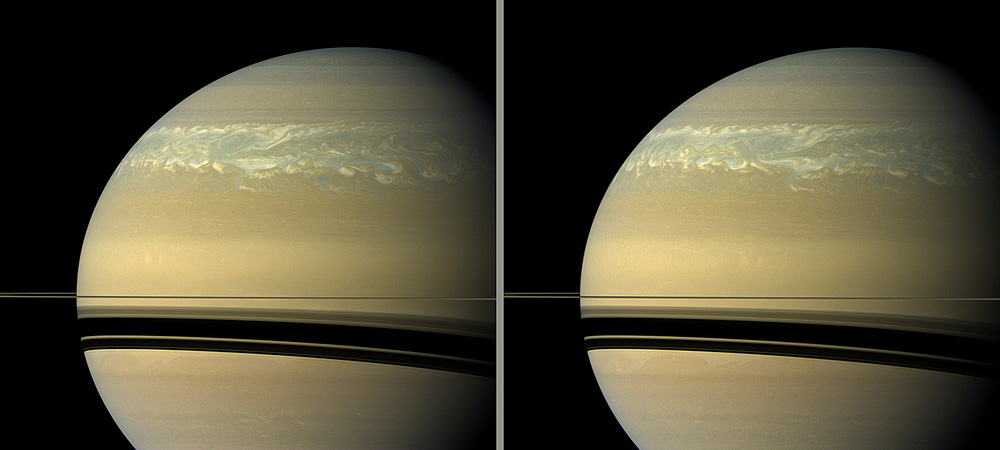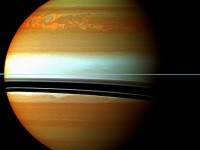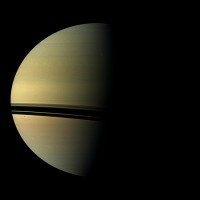These two natural color views taken 11 hours — one Saturn day — apart by NASA’s Cassini spacecraft help scientists measure wind speeds in the huge storm seen here in the planet’s northern hemisphere. (Image credit: NASA/JPL-Caltech/Space Science Institute)
Home These two natural color views taken 11 hours — one Saturn day — apart by NASA’s Cassini spacecraft help scientists measure wind speeds in the huge storm seen here in the planet’s northern hemisphere. (Image credit: NASA/JPL-Caltech/Space Science Institute) These two natural color views taken 11 hours -- one Saturn day -- apart by NASA's Cassini spacecraft help scientists measure wind speeds in the huge storm seen here in the planet's northern hemisphere. (Image credit: NASA/JPL-Caltech/Space Science Institute)




